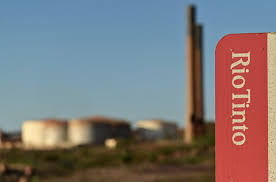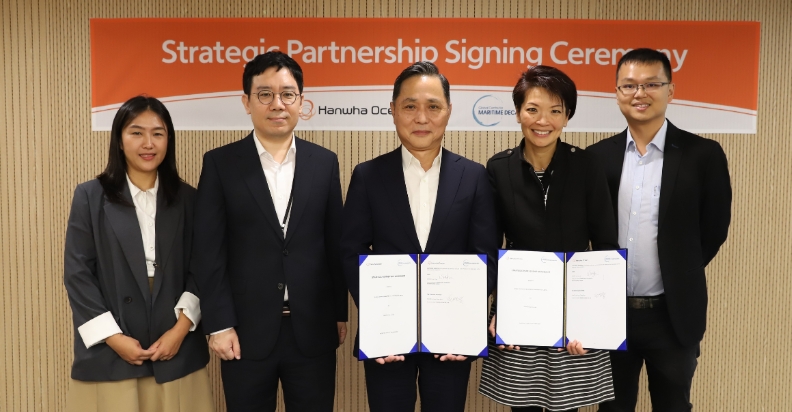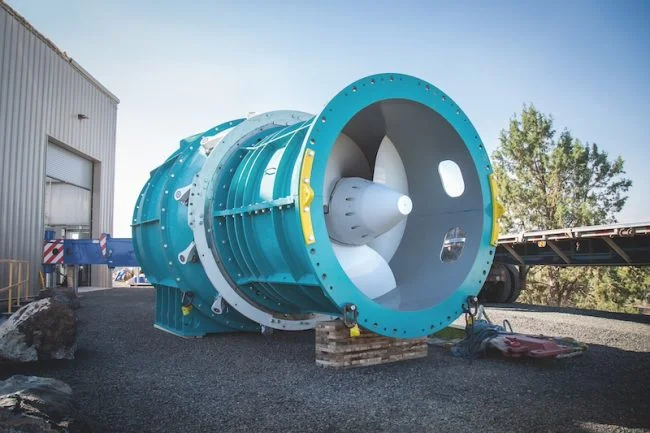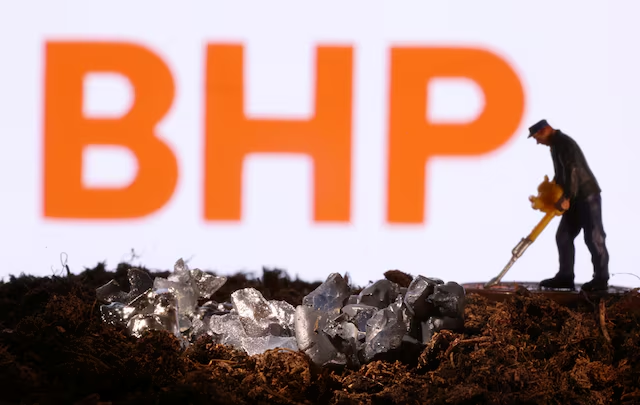
The OCA – an area between the two countries in the Gulf of Thailand – has the potential to be developed into a new gas field, but the project has drawn fierce opposition amid concerns that the negotiations will put Thailand at risk of losing sovereignty over Koh Kut, an island it currently administers as part of Koh Kut district in Trat province.
As the supply of natural gas is decreasing, Thailand needs to find new fuels and is also committed to using more clean energy in line with its 2024 Power Development Plan (PDP).
ERC expects to sign a memorandum of understanding (MOU) with the Office for Atoms for Peace to jointly study regulations needed for the country to push ahead with the nuclear project, said ERC Secretary-General Poonpat Leesombatpiboon.
The MOU aims to establish a study committee to outline the operational framework, conduct public hearings and promote clean, low-cost energy. The committee will comprise representatives from the Ministry of Energy, the Electricity Generating Authority of Thailand (Egat), the Ministry of Science & Technology, the Ministry of Higher Education, Science, Research & Innovation and other relevant agencies. it will develop an operational framework, curricula and legal requirements while consulting the public. The ERC may regulate licences and supervision similar to other power plants.
The 2024 PDP, which will be in force until 2037, provides for the integration of NPPs in the final part of the plan, contributing 1% to the 2051 clean energy target. Under the 2024 PDP two SMRs, each with a capacity of 300 MWe, will be developed and begin operations towards the end of the plan, according to an official who requested anonymity, cited by the Bangkok Post.
The SMRs are expected to be developed and operated by the Electricity Generating Authority of Thailand (Egat). During a media visit organised by Egat to Hainan in China to gather first-hand information at the ACP100 SMR demonstration project in Changjiang, Egat governor Thapparat Theppitak said he believes SMRs will be a “game changer” in the global power industry. The development cost of a SMR is currently 2-3 times more expensive than combined-cycle power plants, but the costs would tend to get cheaper in the future, he said. An SMR has a service life of 60 years, compared with a gas or coal-fired power plant which can only supply electricity for 25 years, he added.
There are currently no legal barriers preventing private companies from developing NPPs in Thailand, but adequate nuclear infrastructure and public acceptance are essential for private sector participation. As a government agency, Egat will play a crucial role in building the first nuclear infrastructure.
Narit Therdsteerasukdi, Secretary General of the Board of Investment (BOI), explained that there are currently no investment incentives for nuclear power generation from or NPPs. Any such incentives will depend on the direction of the new energy development plan and government policy.
Aditat Waseenon, Director-General of the Department of Primary Industries & Mines, noted that information from the Ministry of Natural Resources & Environment indicates various types of uranium ore scattered throughout Thailand. High-grade secondary uranium ore has been found at the Yip In Tsoi mine in Ban Thung Pho, Songkhla province, and at Ban Khun Thong Lang, Na San district, Surat Thani province.
However, the quantities are too small to justify mining. If exploration reveals economically viable and large uranium deposits in the future, exploration and mining licences could be granted. There is some hope that significant uranium deposits could eventually be discovered in the sandstone-rich regions of the Korat Plateau in Nakhon Ratchasima province.







